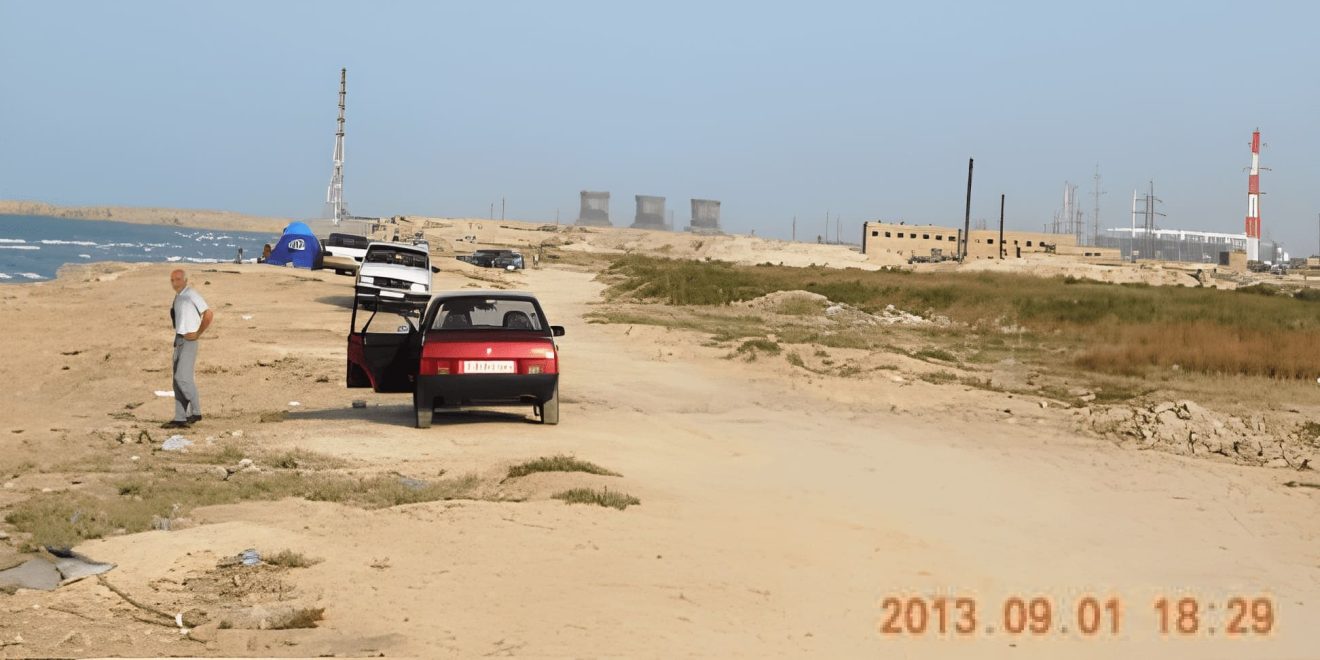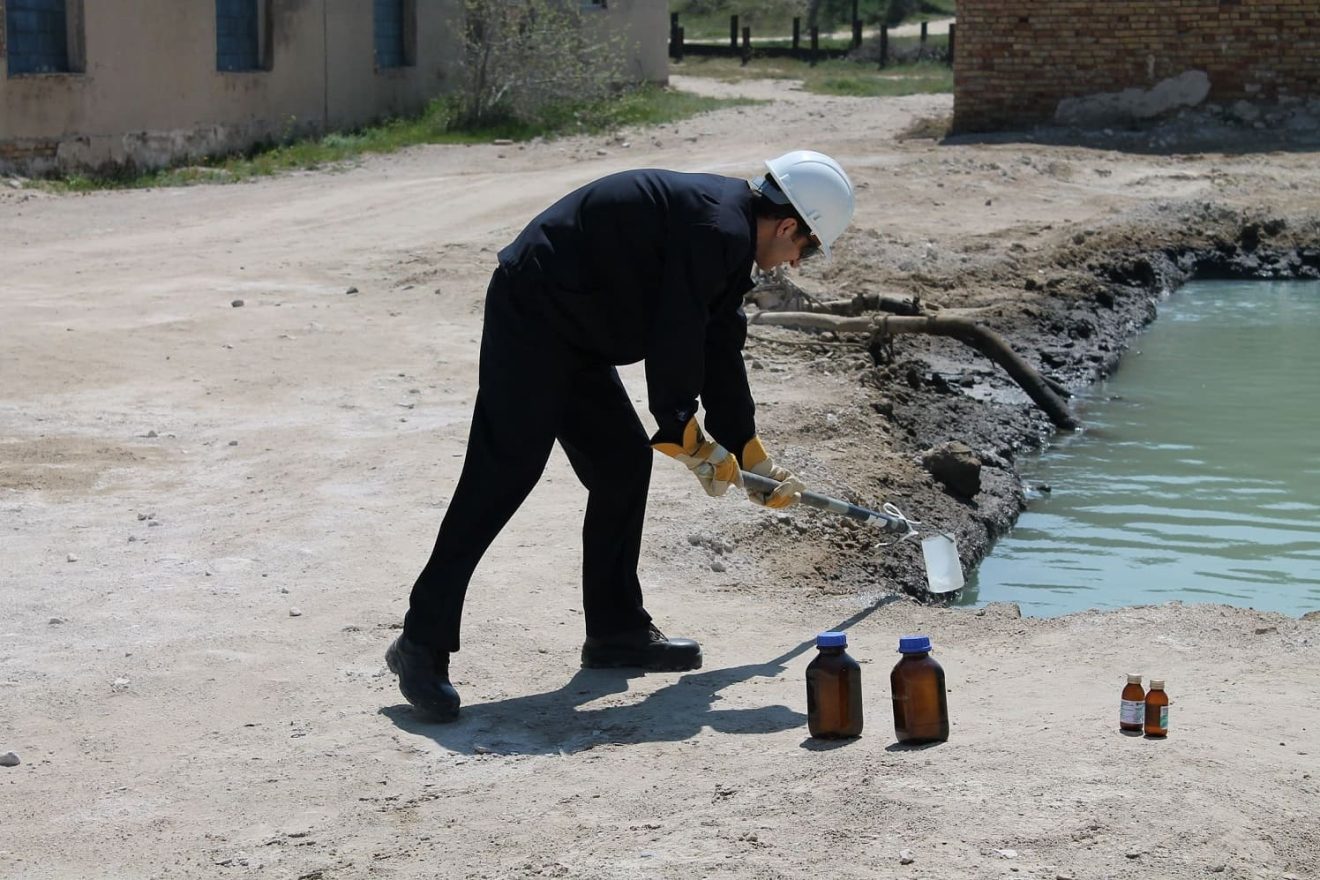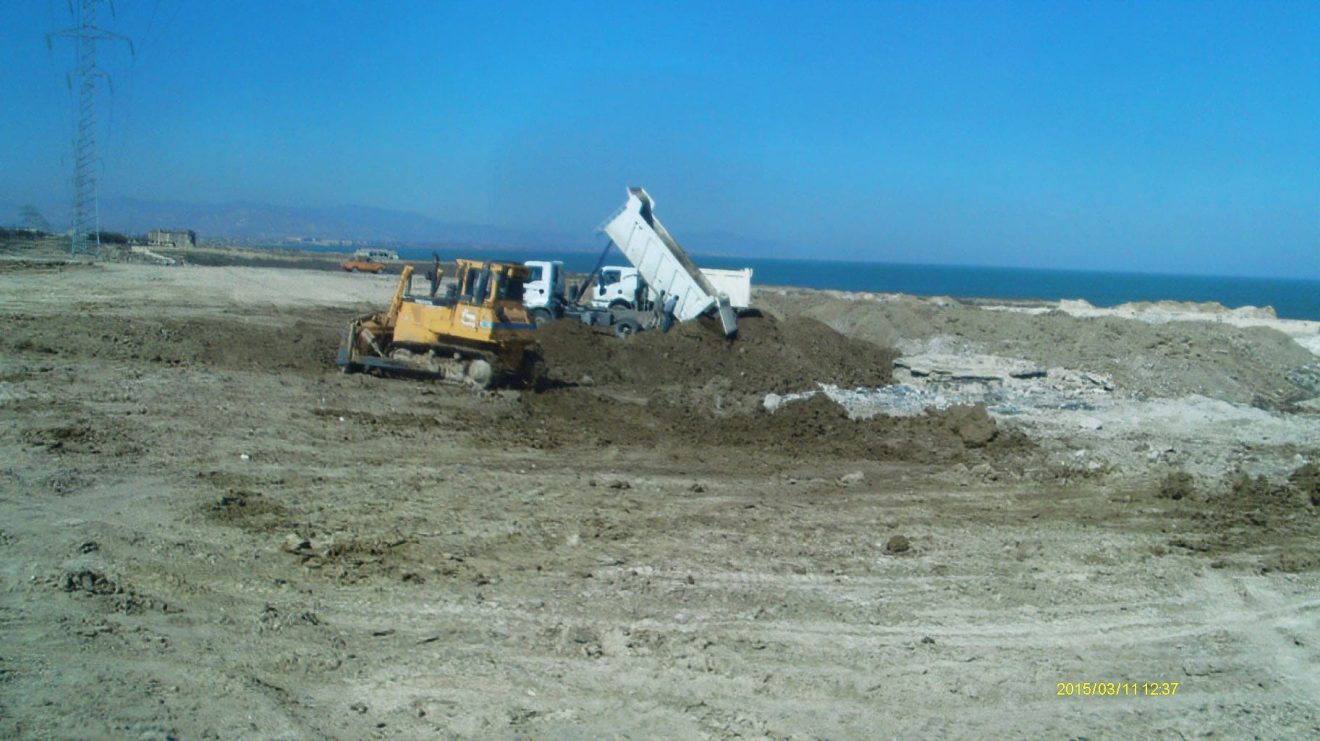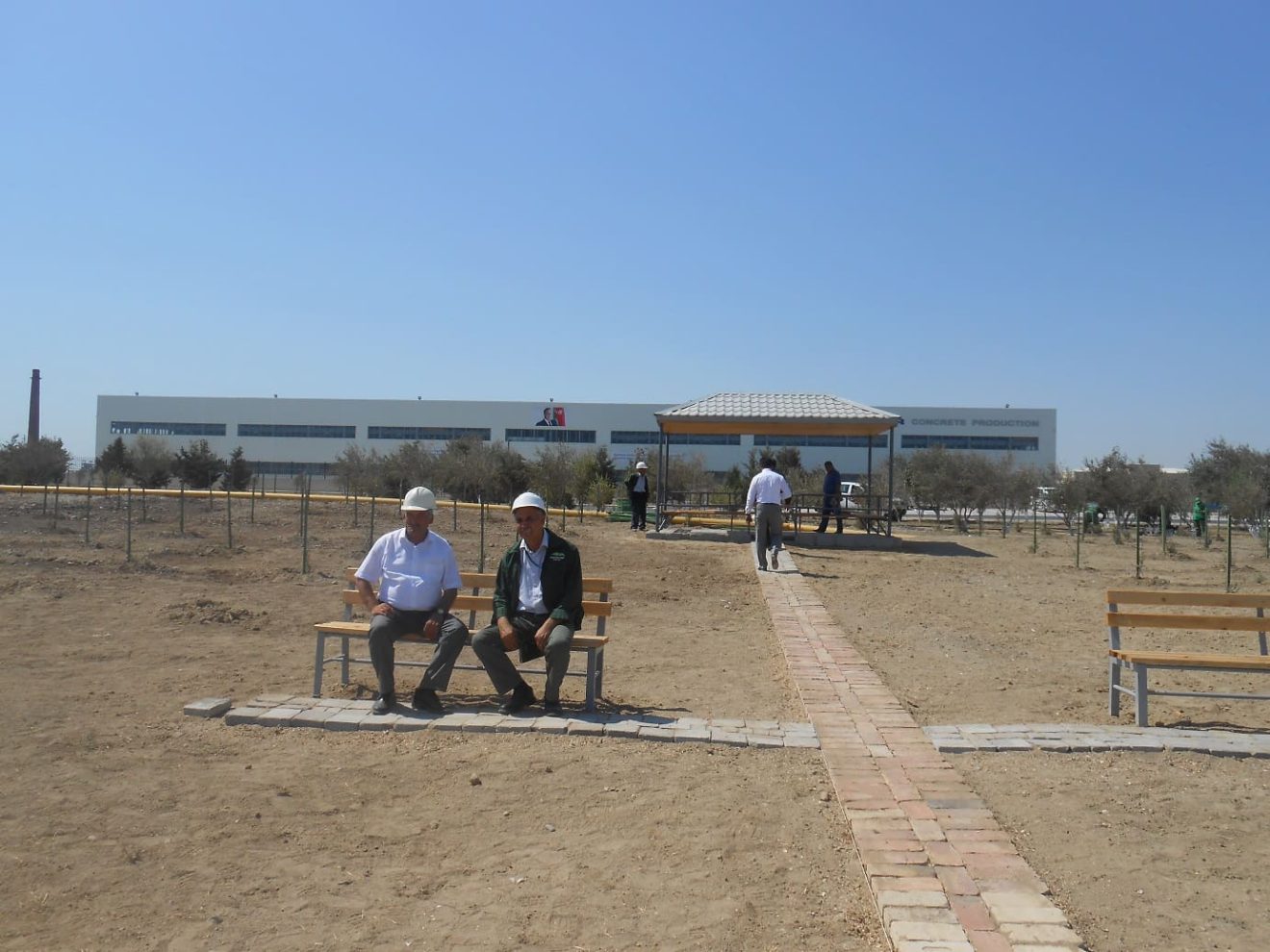Cleanup of Toxic Persistent Organic Pollutants in Sumgait, Azerbaijan
Project dates: 2014-2015.
Number of people at risk: 10,000 residents.
Source of pollution: benzene, benzo(a)pyrene, and PCBs.
Project implementers: Blacksmith Azerbaijan, Azerikimya.
Total cost: EUR 120,000, the project was funded by European Union, UNIDO, Azerikimya, and co-funded by the Ministry of Ecology and Natural Resources (MENR) of the Republic of Azerbaijan.
The project was implemented in 2014-2015 by the current EHPMI team and Azerikimya Joint Stock Company (Azerikimya) with the financial and organizational support of Pure Earth/Blacksmith Institute and the Ministry of Ecology and Natural Resources (MENR) of the Republic of Azerbaijan.Project dates: 2014-2015.Number of people at risk: 10,000 residents.Source of pollution: benzene, benzo(a)pyrene, and PCBs. Project…
Site Description
The site is located in the northern part of the Absheron Peninsula on the coast of the Caspian Sea. Sumgait is the third largest city of Azerbaijan with a population over 300,000 people. During the Soviet era, Sumgait was a major industrial center with more than 40 factories that produced metals and chemicals. Today, Sumgait is plagued with environmental challenges that the industrialization process left in its wake. Over the last decade, the municipal and national government have taken important steps to reduce the impacts of the city’s industrial legacy, including closing polluting factories, upgrading facilities, treating contaminated wastewater and transferring contaminated materials to a secure facility. Despite this progress, regional soil test results show that large areas are still highly contaminated with heavy metals and other pollutants known to impact human health.
The site used to be a disposal area for wastewater from the state-owned Organic Synthesis Plant and Ethylene-Propylene Plant, and waste sludge from Ca(OH)2 production.



Site assessment
The site was initially assessed in 2014. The investigation team took samples and analyzed them in the Environmental Laboratory of SOCAR. Samples were taken from the surface and at depths of 0.25 m and 0.5 m. The results showed that the main contaminants in the area were benzo(a)pyrene, benzene and PCBs.





Cleanup Process
The Sumgait cleanup project was implemented in February 2015. The remediation involved removal of 804 m3 of contaminated soil. Trucks were used for transporting the contaminated materials to the MENR Toxic Waste Polygon (landfill) of the Ministry of Azerbaijani Republic.
The contaminated materials were replaced with clean More than 13,000 m3 of clean soil and organic fertilizer were placed and leveled over the area of two hectares.


Planting Program and Irrigation System
After bringing soil and organic fertilizers, the Azeikikya team planted different trees, shrubs and grass. All trees belonged to local species that are resilient to dry climate of the area. Approximately 1,200 locally grown trees were planted in 2015. A special irrigation system was installed for watering the plants. It is maintained by Azerikimya and the Sumgait Municipality.




Post Remediation Assessment
In order to control the quality of the cleanup, the project team took samples from the area where soil was excavated, before placing clean soil with the purpose to document the decrease in contamination. The results indicated considerable reduction of the concentrations of main contaminants, up to 98%. The remaining low-level contamination may not come in contact with people, as it covered with clean fill soil. The planted trees and shrubs will also contribute to further decomposition of remaining contaminants.
The map of the concentrations in soil before and after cleanup is shown below.



Local resident Ogtay Agayev says:
We feel better after the cleaning work in our area. A place that used to be a polluted area has now been turned into a recreational area. Interestingly, after the cleanup project, property prices in this area have also increased significantly.


